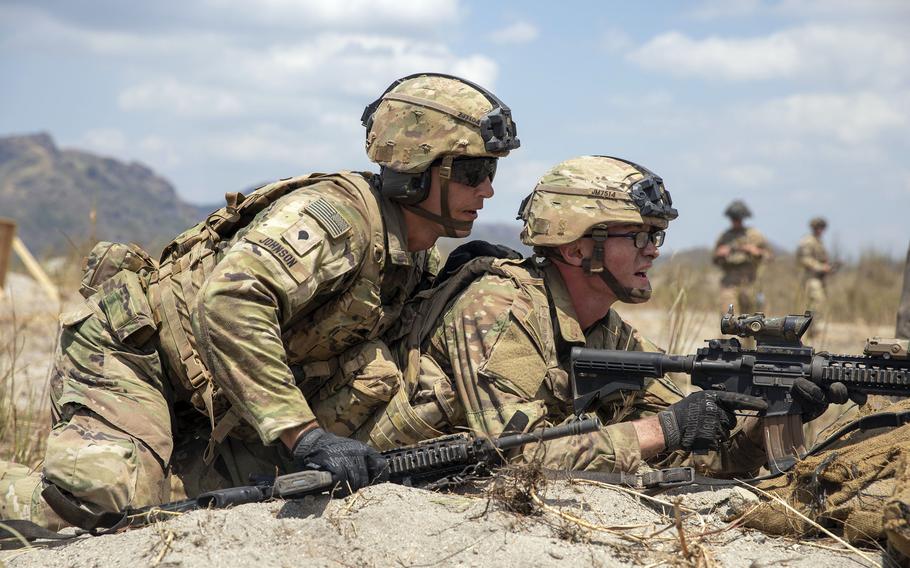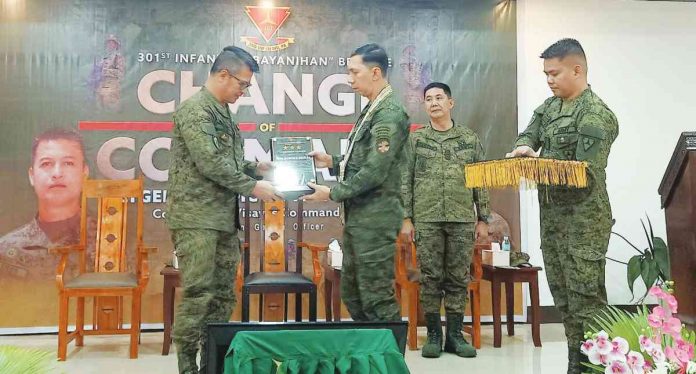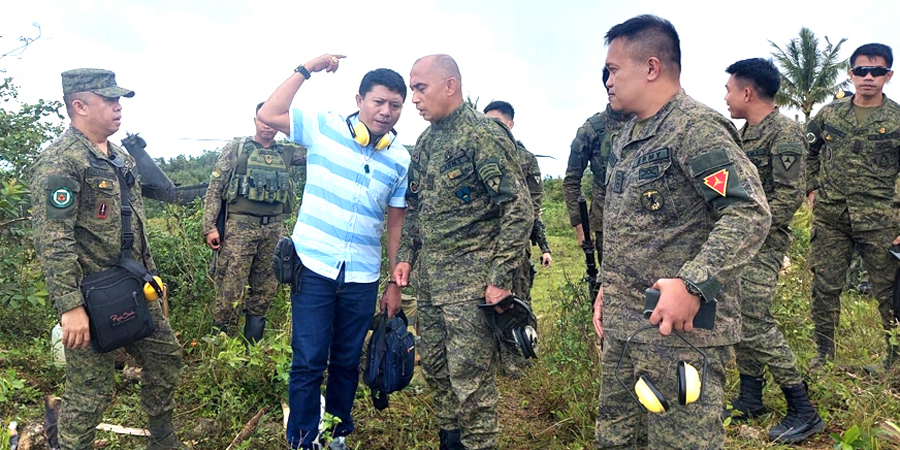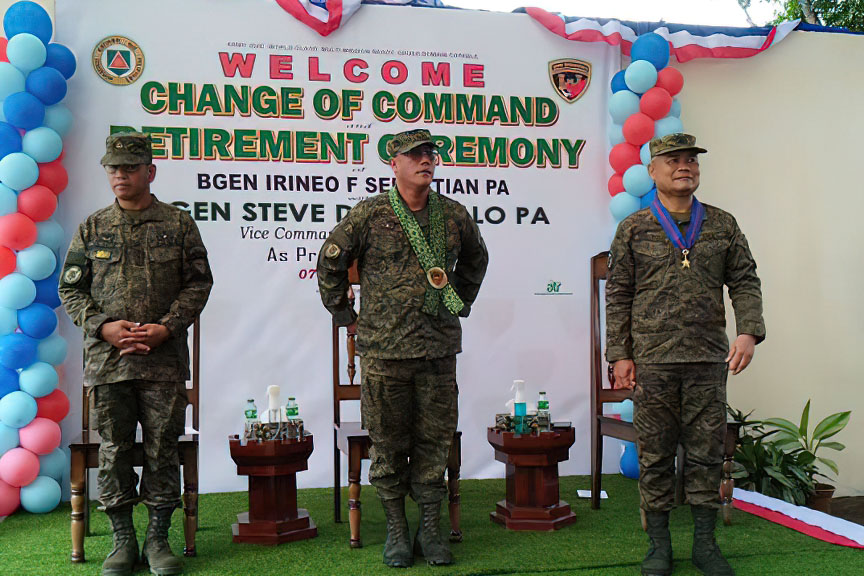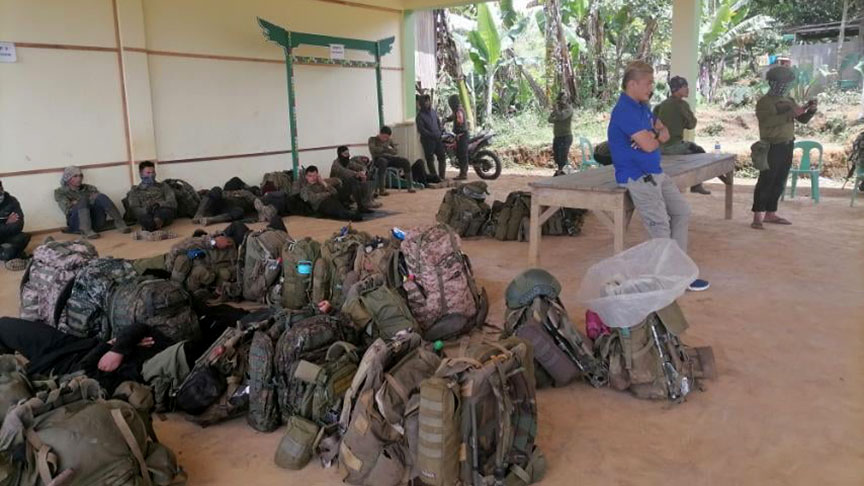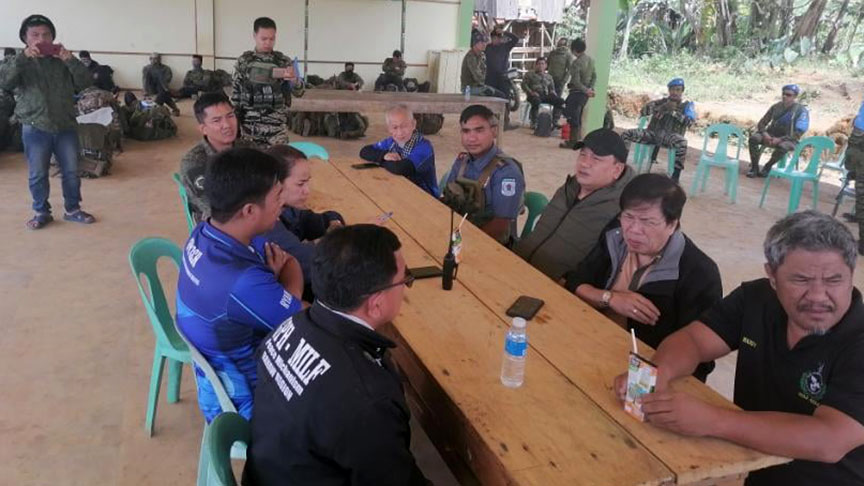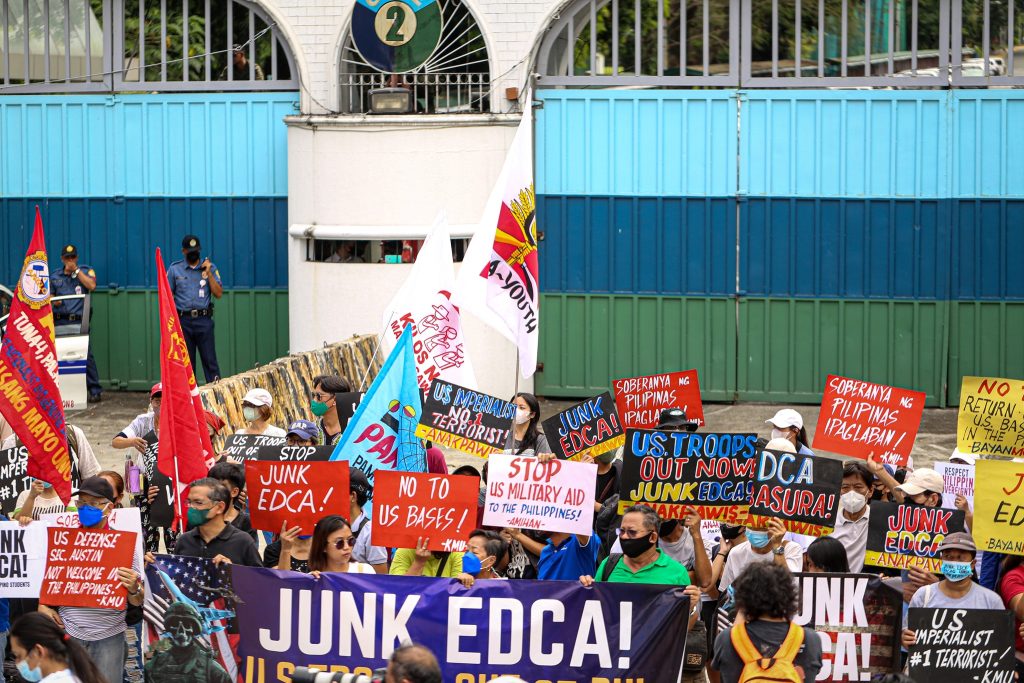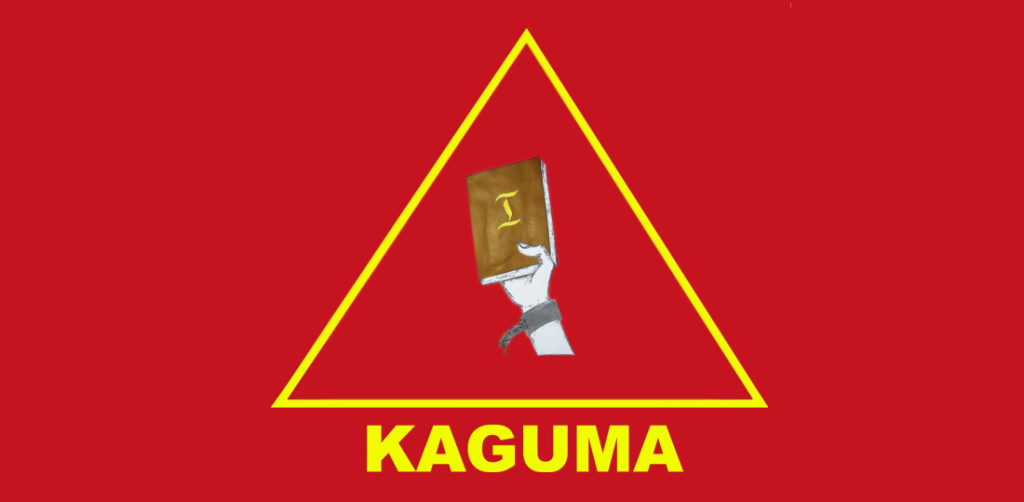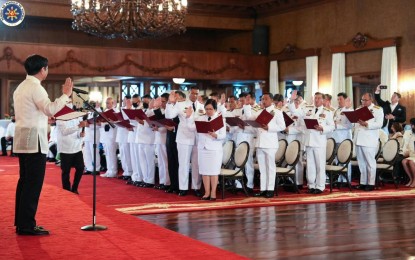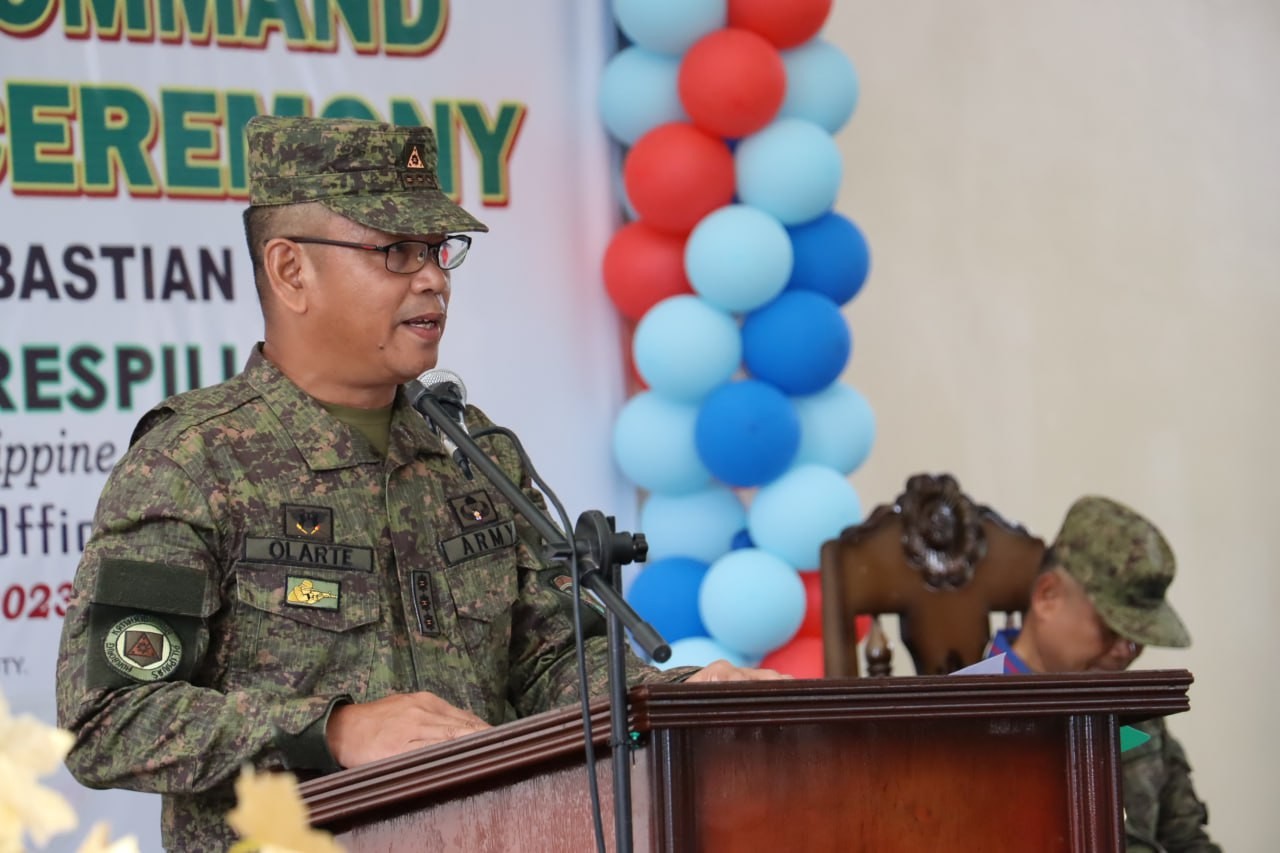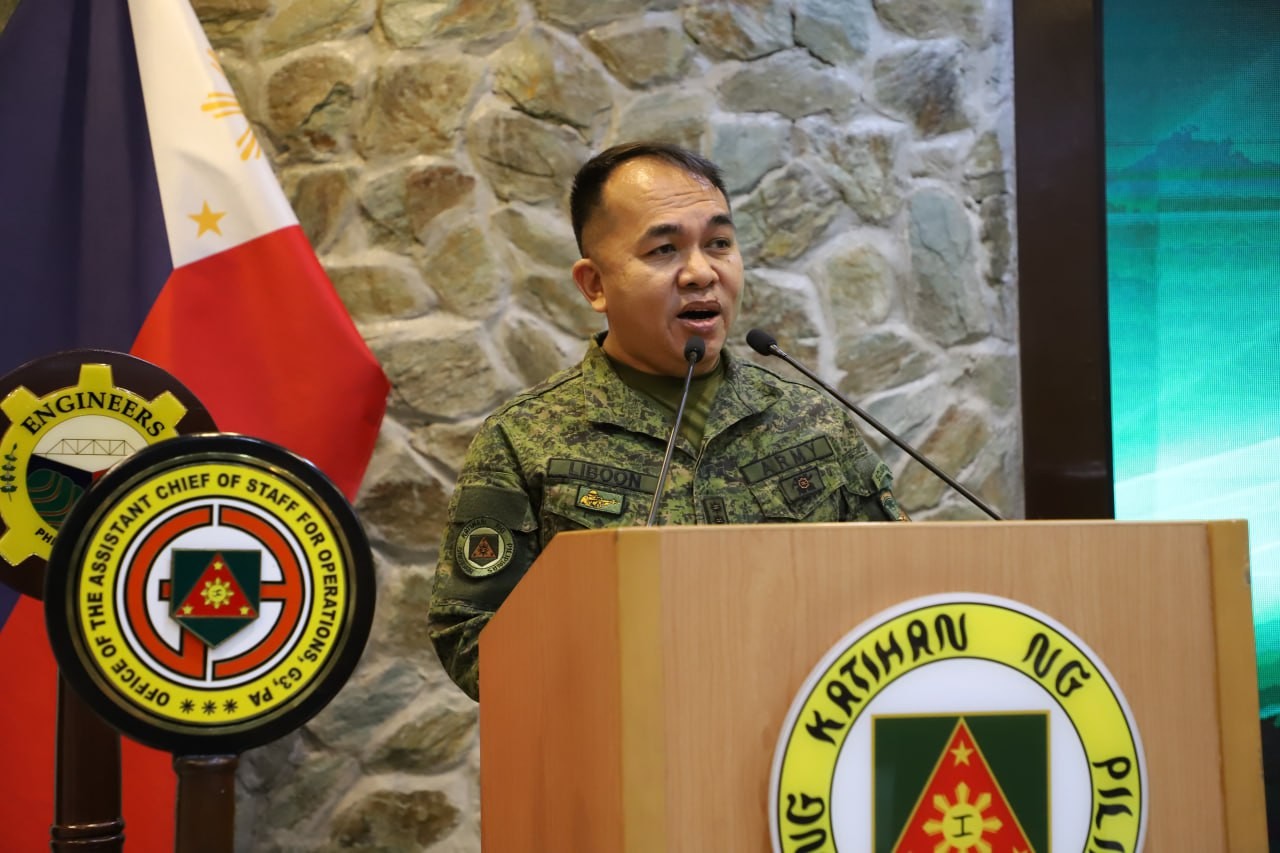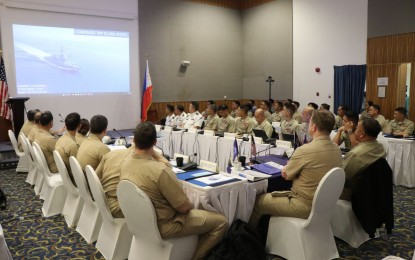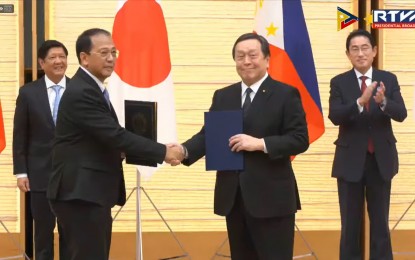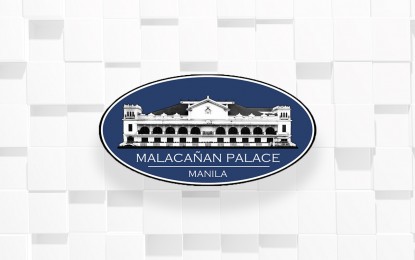These new bases could improve U.S. Marine Corps and U.S. Navy operations in the Philippines during exercises or responding to contingencies in the region.
A week ago, the Philippines and the United States took steps to expand the Enhanced Defense Cooperation Agreement (EDCA) with U.S. access to four bases in the Philippines. This builds on the previous five bases in the original agreement created in 2014, greatly enhancing U.S. capabilities in the Philippines. This increased access can be of great benefit to U.S. forces which are seeking an increased presence in the region to counter adversaries, such as China. Of the U.S. services engaging with the Philippines with this threat in mind, the U.S. Marine Corps has taken center stage in these efforts. These new sites can prove to be crucial for Marine plans going forward in the Western Pacific.

Concepts of the U.S. Marine Corps’ Force Design 2030, and Expeditionary Advanced Basing Operations, have been employed in the many exercises the force holds in the Philippines. This was seen prominently in Balikatan 2022, which saw the inaugural deployment of the 3d Marine Littoral Regiment (MLR). During the exercise, the MLR deployed a number of concepts in coordination with the Philippine Marine Corps’ Coastal Defense Regiment. Balikatan 2022 saw multiple Expeditionary Advanced Bases and the first U.S. Army deployment of Patriot SAMs to the exercise. Many segments of the Balikatan took place in provinces on the Luzon Strait facing Taiwan.
One of these provinces is Cagayan. Encompassing northeastern Luzon, the province held many of the coastal defense activities in Balikatan 2022. Two locations in Cagayan were examined for EDCA-basing access, which makes the province a top candidate for hosting some of the recently approved bases. U.S. access to bases directly on the Luzon Strait, like those being looked at in Cagayan, would allow for faster response times for contingencies in the region. They could also be used for prepositioning of MLR equipment and other assets in the Philippines.

The expansion of the number of bases is two-pronged. On one hand, the U.S. and the Philippines have a longstanding security relationship, with the Philippines relying heavily on the U.S. for its defense. But on the other, the U.S. is looking for increased capacity across the first island chain to counter China. This puts Taiwan as a key factor in the use of these bases and facilities.
In a Taiwan Contingency, access to the Philippines for the Marines would be crucial in their MLR operations. With the location of Philippine-owned features, and the potential to be resupplied from Philippine bases, the Philippines holds an important place for various scenarios in the Western Pacific. From the Philippines, the U.S. could contest the Luzon Strait or project forces into the South China Sea.
Ben Lewis, an Independent Defense Analyst tracking Chinese activity around Taiwan, said that these bases would provide U.S. forces “major” advantages in the event of a Taiwan Contingency.
“The ability to deploy naval and air capabilities from the Philippines would allow U.S. forces to counter PLA operations against Southern Taiwan, and provide the U.S. Navy with an additional base from which to refit and rearm its ships.”
While not as clear as the USMC’s outlook for the Philippines, the Navy’s future plans require forward-based facilities for their vessels. SECNAV has stated multiple times the necessity for repair facilities in-theater.
This focus is being brought up in the second Staff-to-Staff talks between the Philippine and U.S. Navies, with a Philippine press release stating:
“The meeting will yield meaningful discussions on important topics such as mutual cooperation and seek military exchange opportunities including maritime cooperative activities, naval aviation activities, exercises, port visits, personnel exchanges, and support for maritime defense industries, particularly shipbuilding and ship repair.”
These Staff-to-Staff talks between the two navies are taking place in the Subic Bay Freeport Zone, the former site of the massive American Subic Bay Naval Base. This base offered U.S. vessels forward-based facilities to repair, maintain, and rearm from during the Cold War. While Subic Bay is no longer the military installation it once was, civilian-operated yards in the Bay have the potential to once again offer these services to American vessels. One section of the former base that has gained attention in recent times is the sprawling Agila Subic Shipyard.

Subic Bay has changed drastically since the departure of the U.S. Navy in the 1990s. Today the yard is owned by Cerberus Capital Management, an American investment company. Now known as Agila Subic Shipyard, the facility is split between Cerberus and the Philippine Navy. The Philippine Navy section, Naval Operating Base Subic, is the largest base the force has ever occupied. The base is to receive several upgrades, including a new finger pier. These upgrades highlight the plans the Philippine Navy has to make this leased section their main base, capable of hosting their most capable and modern warships.

It should be noted that Naval Operating Base Subic is not yet confirmed as the EDCA site in Zambales. However, Agila Subic Shipyard may still be able to be used by U.S. ships for repair even without its inclusion in the list of new EDCA sites because the site is owned by a private entity. In fact, the space that makes up the Philippine military presence in the facility is leased, not owned, by the Philippine government.

U.S.-Philippine military cooperation will reach new heights this year, as alongside the new EDCA bases several key exercises and engagements will take place. Balikatan 2023 will be the largest in the exercise’s history, topping last year’s number with 16,000 personnel partaking in activities across Northern Luzon and the Luzon Strait. The U.S. Navy also plans to restart joint patrols with the Philippines, with a focus on helping Manila solidify its territorial claims in the West Philippine Sea/South China Sea.
[Posted by Aaron-Matthew Lariosa: Aaron-Matthew is a freelance writer based in Washington, D.C. He is currently studying International Relations at American University, and is interested in U.S. Marine Corps developments in the Pacific and Philippine Naval modernization efforts.]
https://www.navalnews.com/naval-news/2023/02/new-philippine-basing-access-strengthens-u-s-marine-navy-plans/

